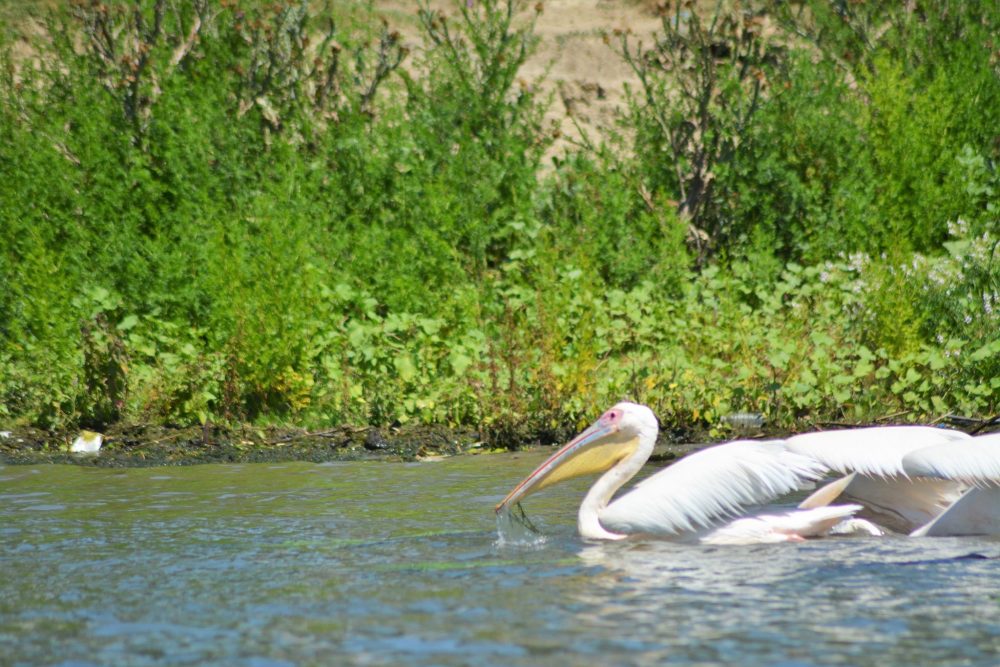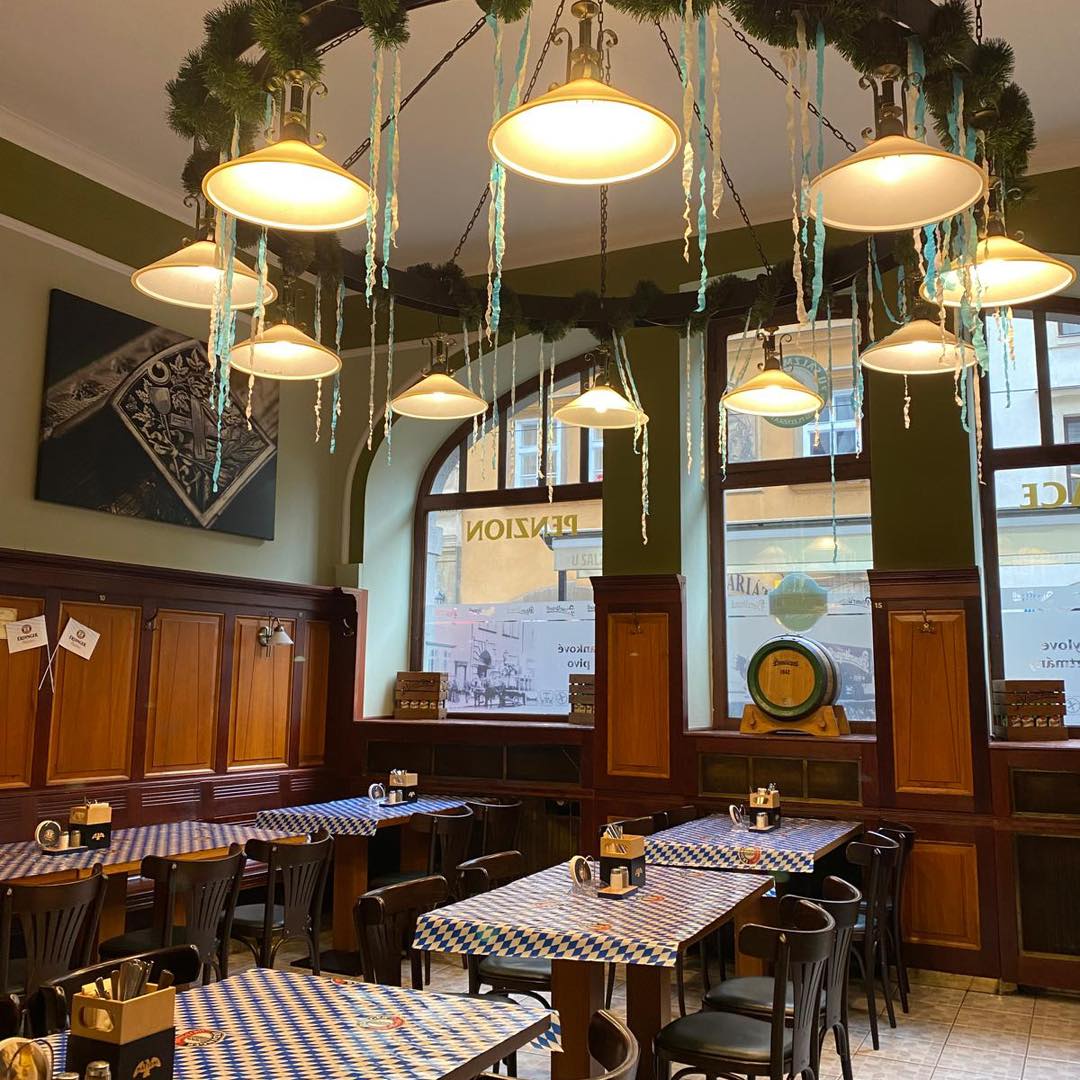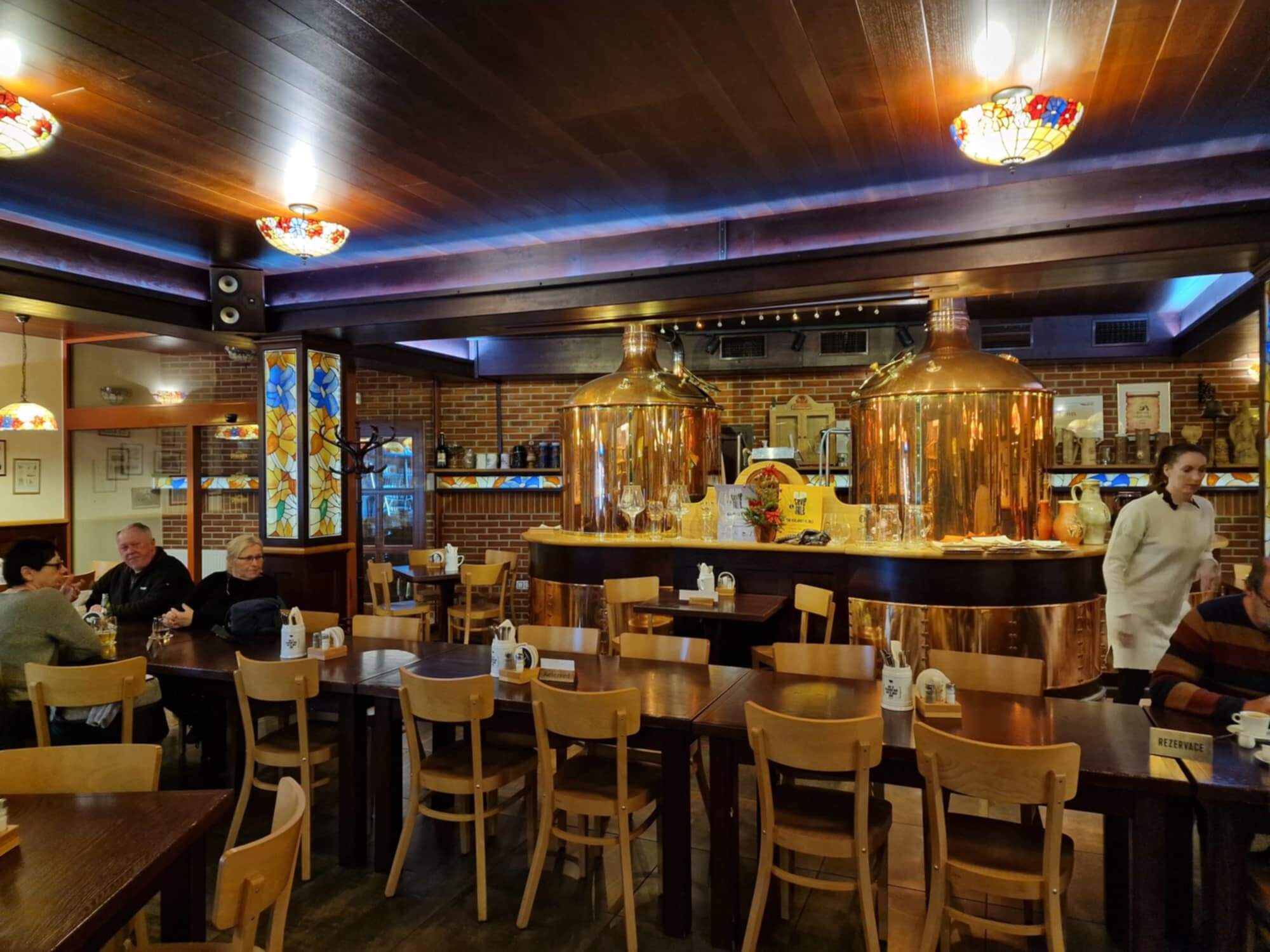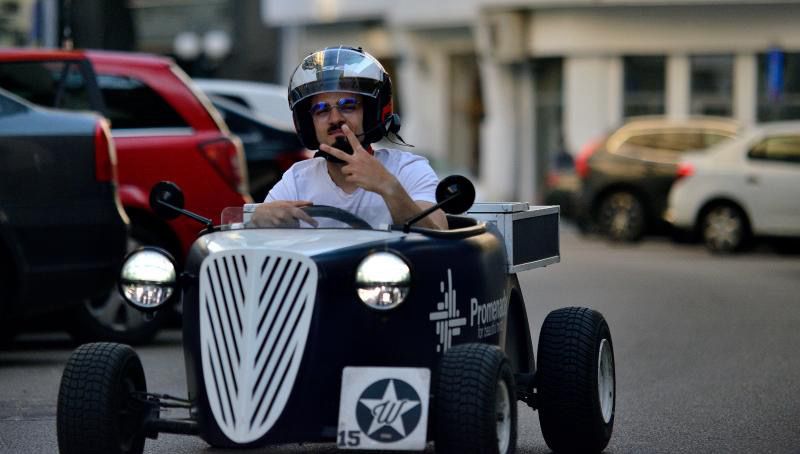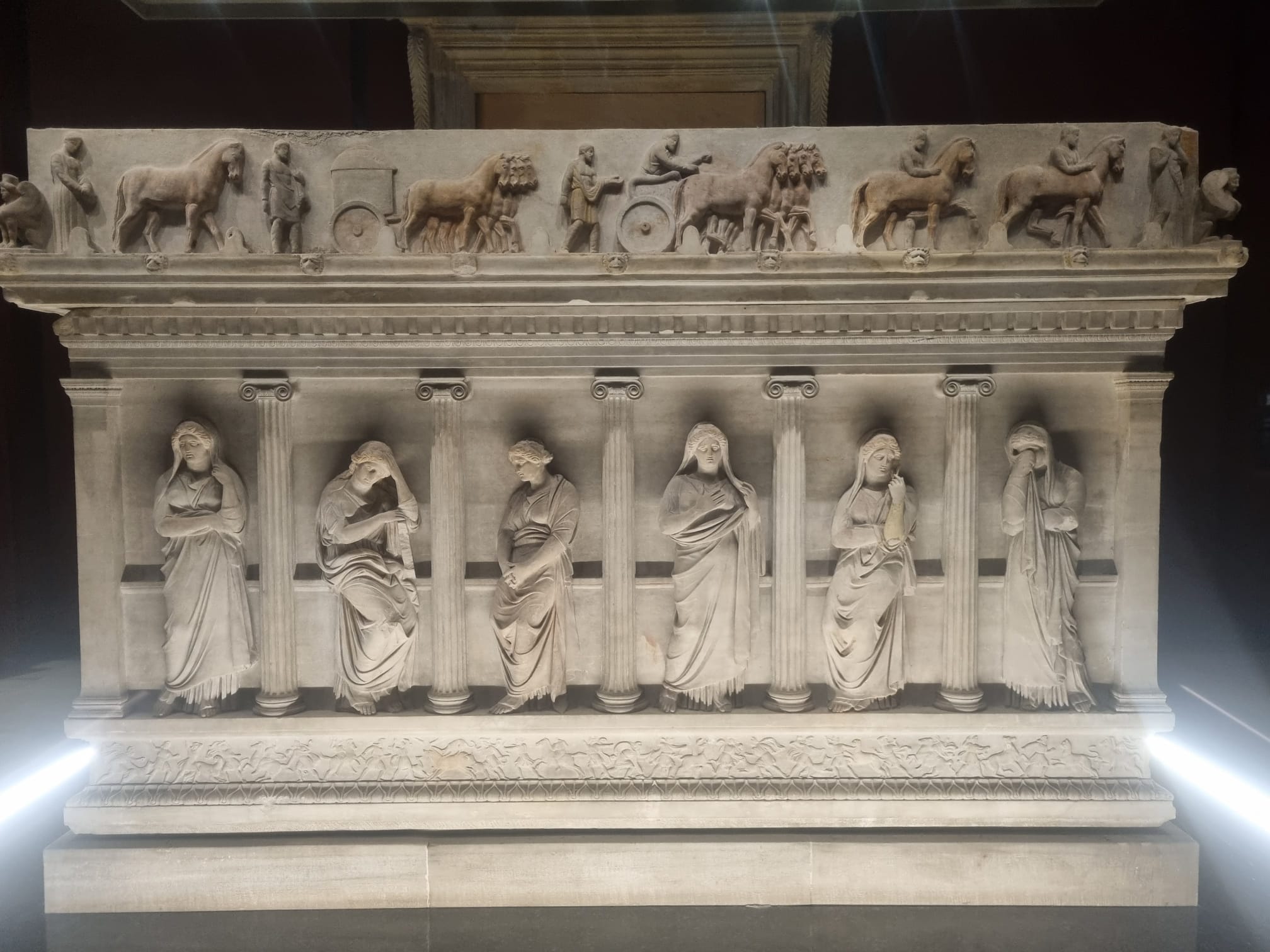Danube Delta from Romania
Located in the E-SE extremity of Romania, in the central northern Dobrogea , at the mouth of the Danube, Tulcea county is now the eastern border of the European Union and a leading tourtistic destination. As a generous host, our county does not hesitate to lure visitors with its numerous tourist attractions, nature s beauty , the cultural objectives, the holy sanctuaries and not the least, the local gastronomy.
We can not talk about Tulcea without discussing about the Danube Delta, one of the 32 natural reserves that our county holds, characterized by landscapes with ecological and aesthetic value, with rare plants and animals. Besides the outstanding natural scenery Tulcea is characterized by historical relics that you meet everywhere, and the infinite source of spirituality, various churches professing the faith of its inhabitants.
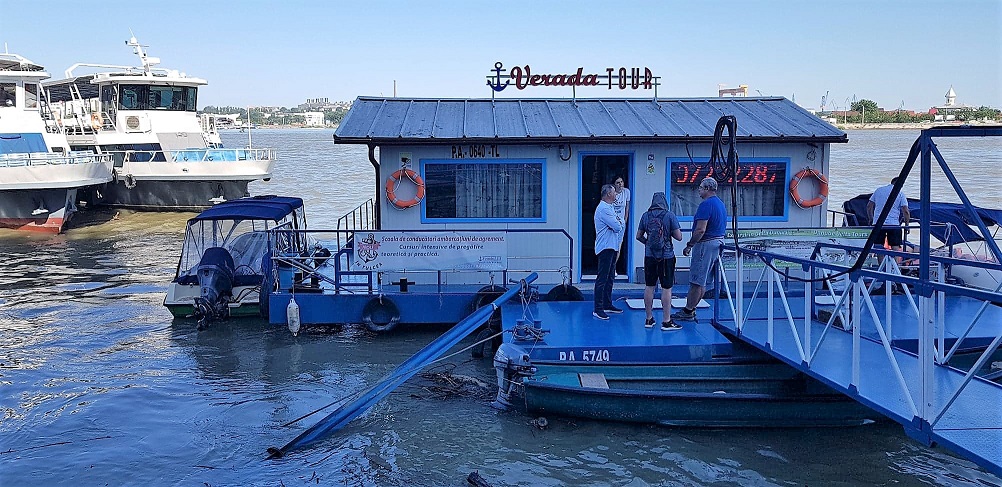

Danube Delta is the largest component of tyhe Danube Delta Biosphere Reserve, with a total area of about 4176 km , of which 3510 km lies in Romania, and the remainder in Ukraine, mostly comprising a secondary delta at the mouth of Chilia branch. On the basis of landforms, morphometric and hydrographical characteristics, the Danube Delta is divided in two main subunits, the fluvial delta and the fluvial marine delta.

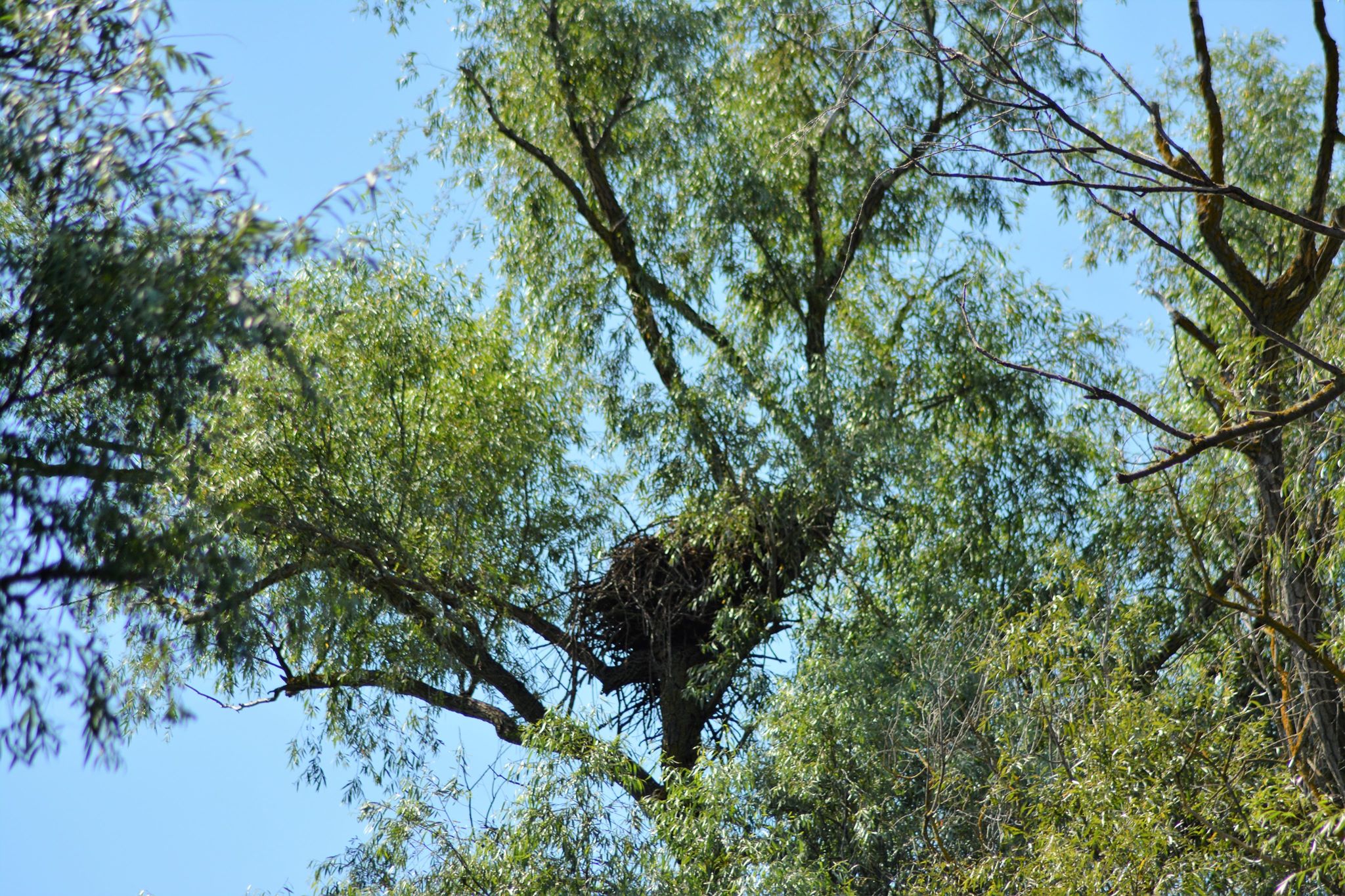
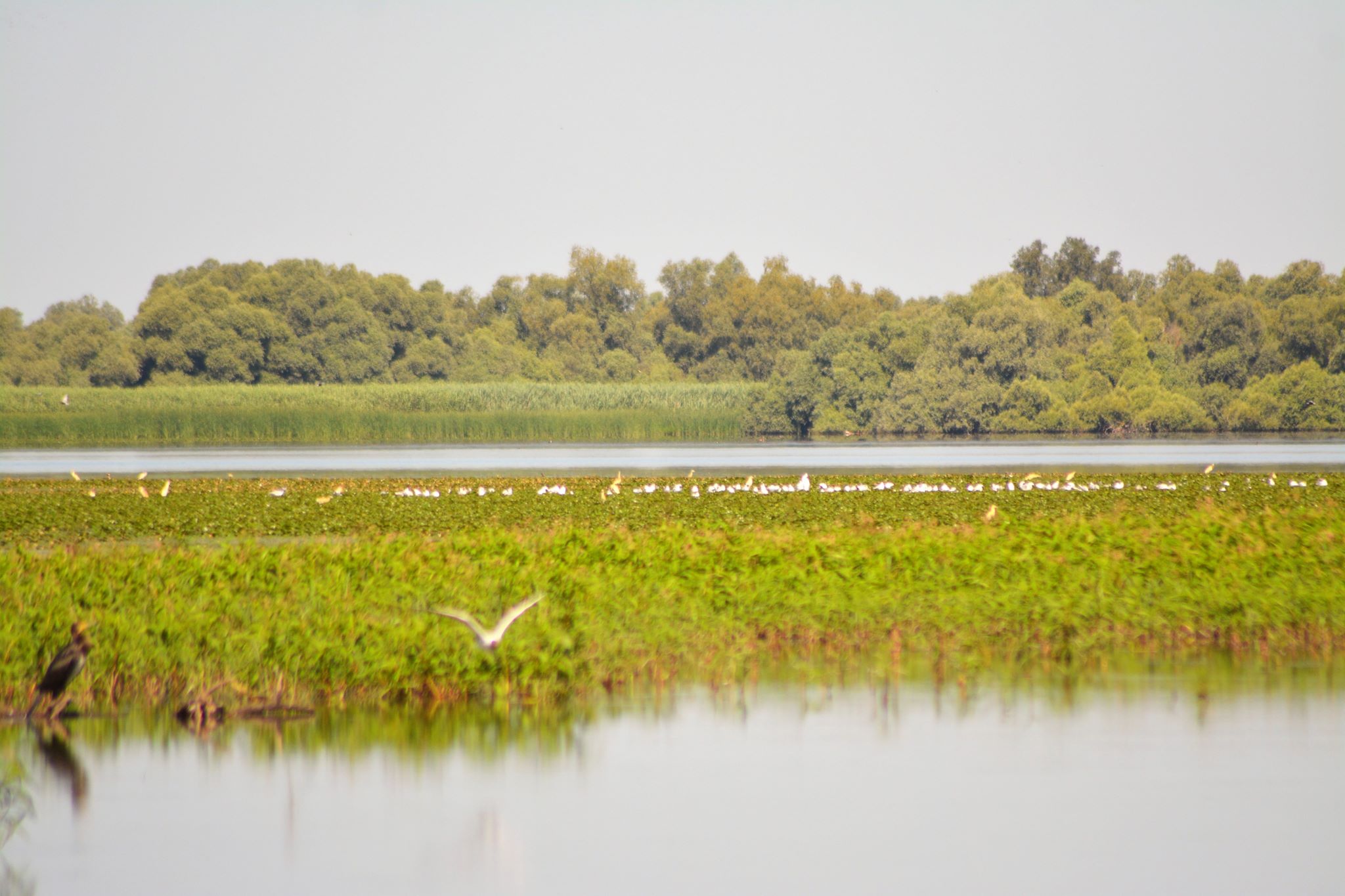
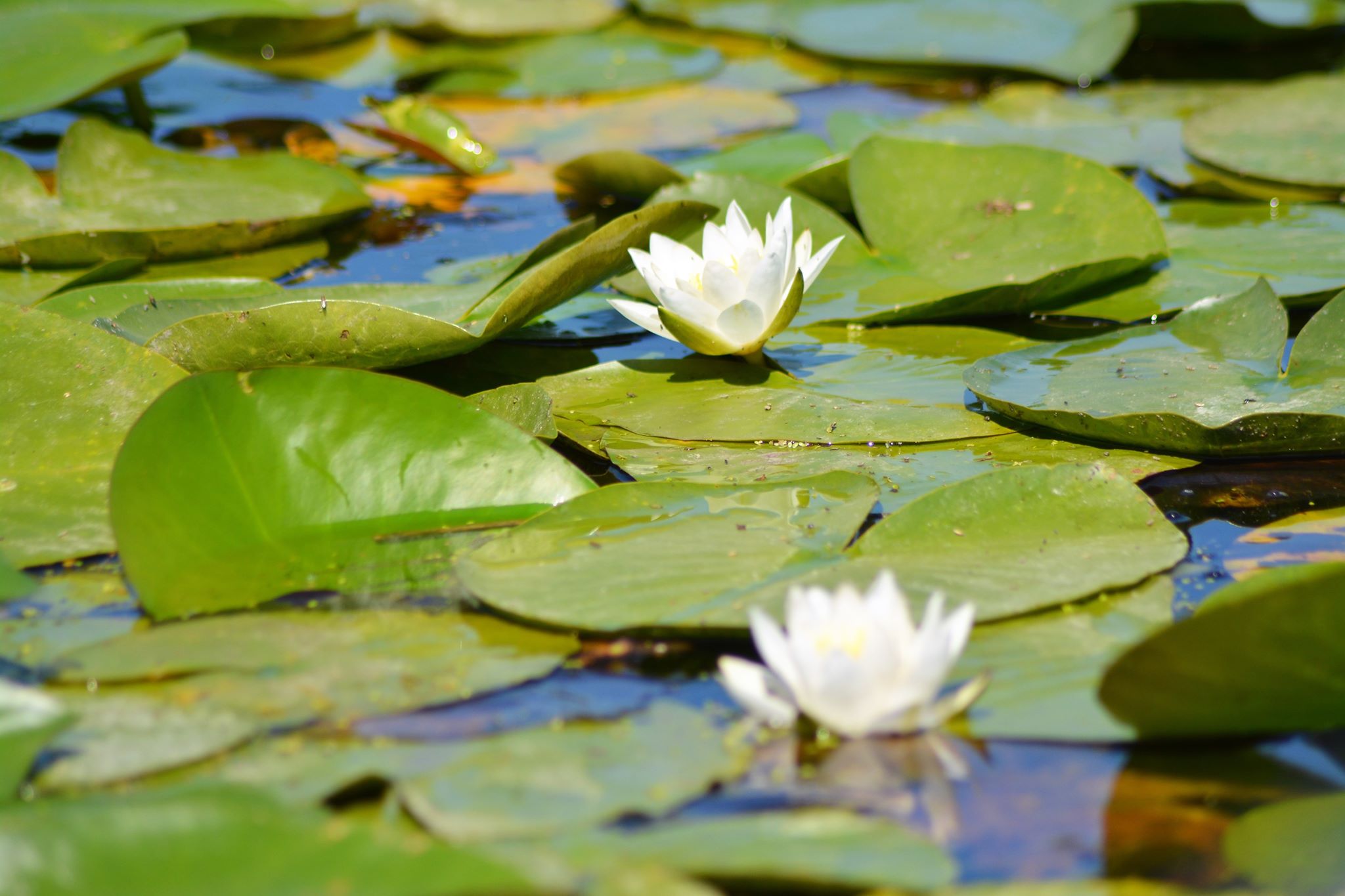

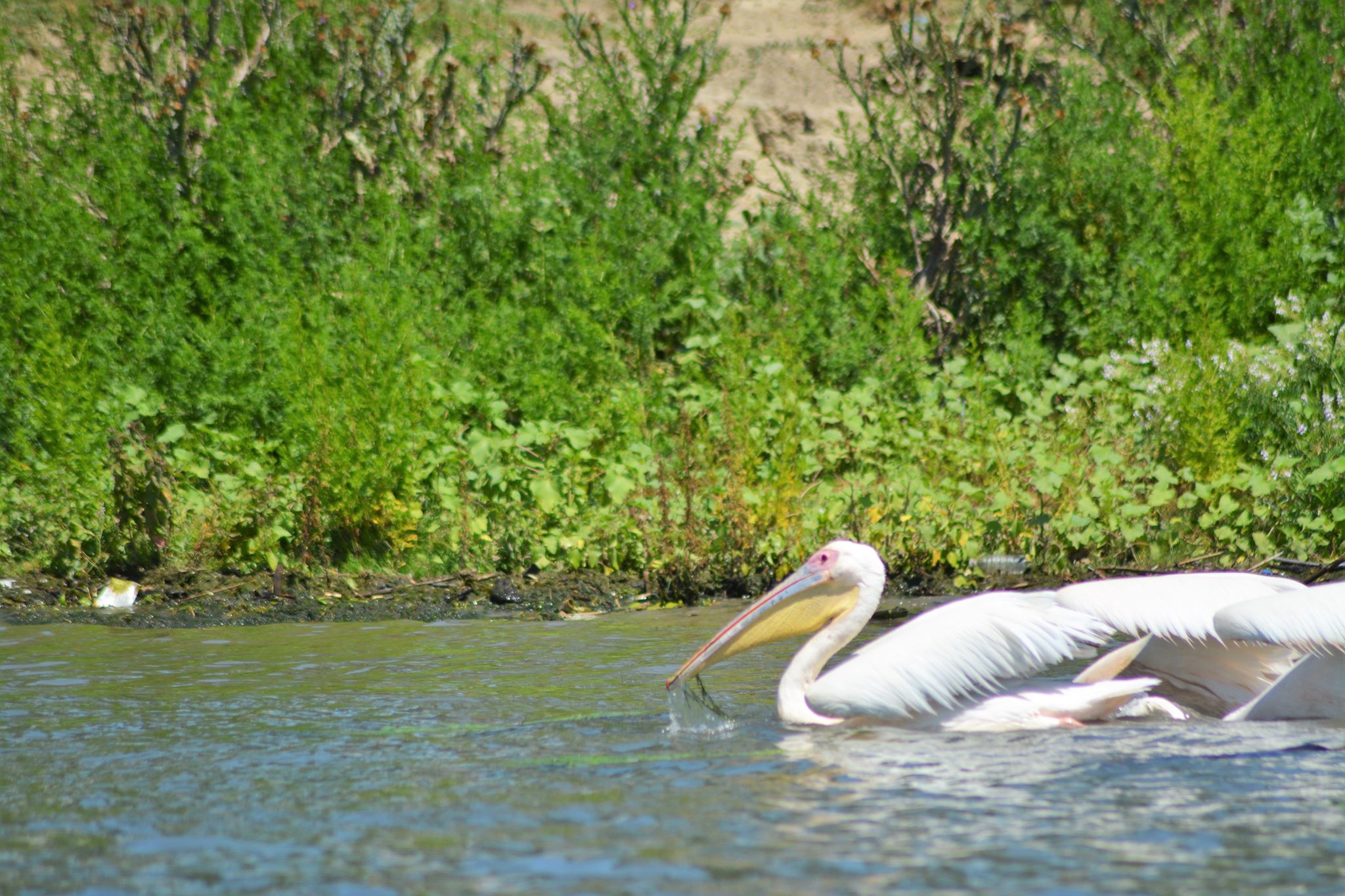
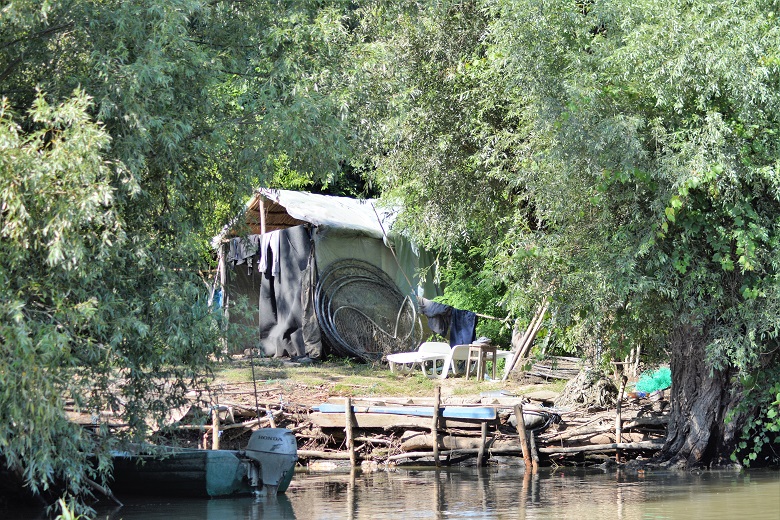
The Danube Delta hosts 3491 species of which 3018 are invertebrate , protozoa, worms, molluscs, crustaceans, insects. and 473 are vertebrate, fish, amphibians, reptiles, birds, mammals.
- The biggest butterfly recorded is the Giant Peacock whose bite mey be lethal if not treated.
- The most venomos spider is the black widow whose bite be the same lethal if not treated.
- The Popina island is the only habitat of the Isophya dobrogensis.
- The smallest konwn fish is a goby measuring under 3.2 cm
- The biggest pike ever caught in the Danube Delta weighed 18 kg and measured over 1m in length.
- The biggest carp ever caught in Sfantu Gheorghe branch river weighed 48.5 kg, while the biggest catfish caught in Danube Delta reached 400 kg
- The longest snake is the racer measuring up to 1.8 m
- The longest living animals in the Danube Delta are the Greek tortoise and the European pond tortois with a life span of up to 120 years.
Cultural and natural potential
Cultural and natural potential of the Delta Provides conditions for the practice of several forms of tourism: leisure and recreation tourism, Knowledge tourism, specialized or scientific tourism, photo safari tourism, environmental tourism, water sports tourism, sport fishingand hunting tourism, rural tourism.
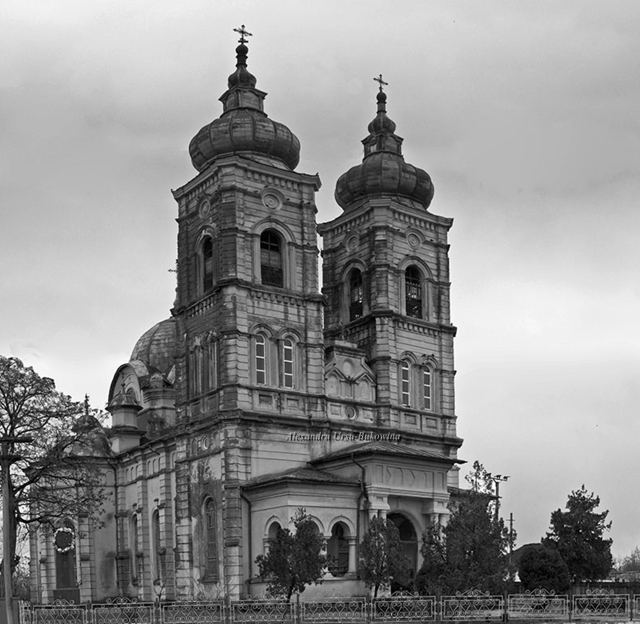
The houses reflect the specific of main ethnic groups and the cosmopolitan character of the area. The church of Chilia Veche is a replica of the church in Donaueschingen from Germany and the lighthouse, the multireligious maritime cemetery and the European Commision of the Danube Palace in Sulina are evidence of a pictuaresque past.
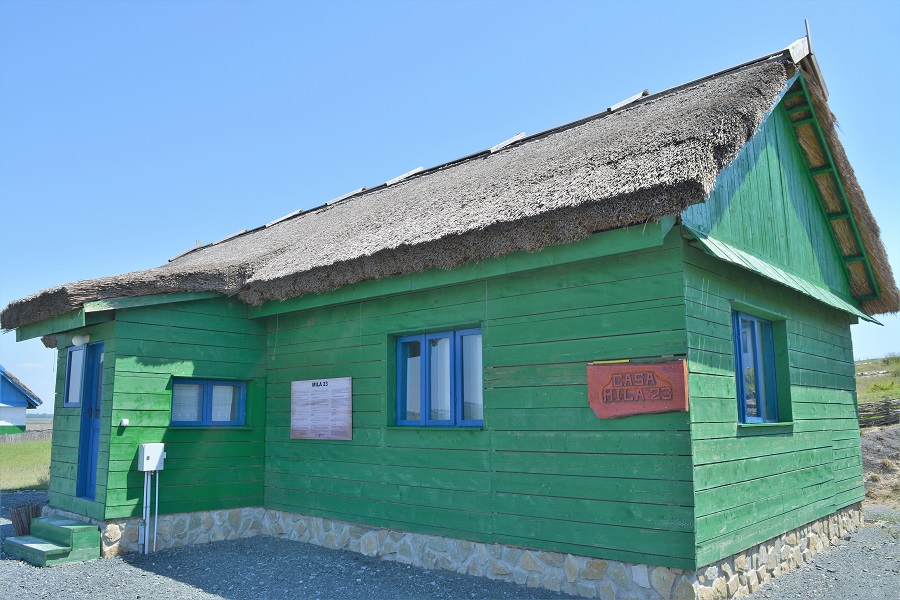
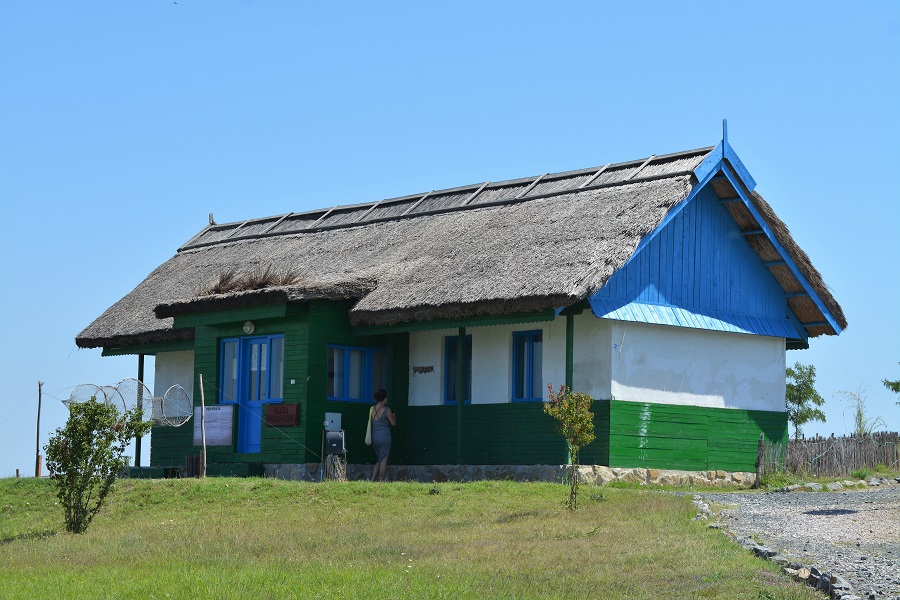
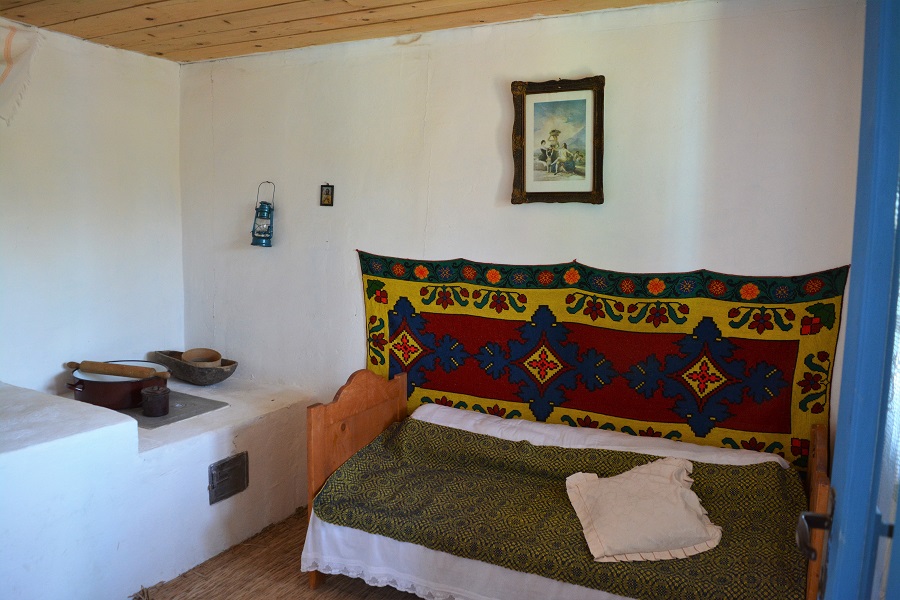
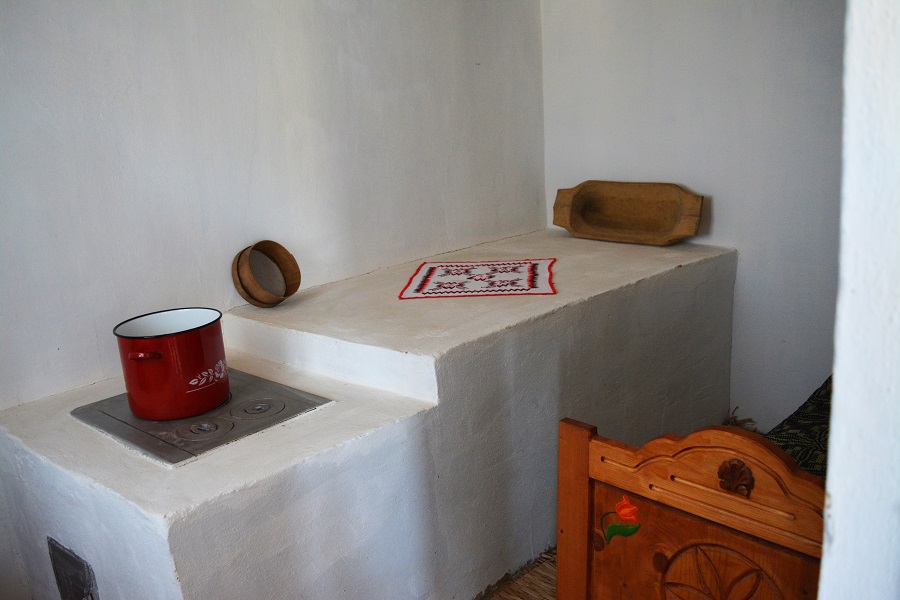
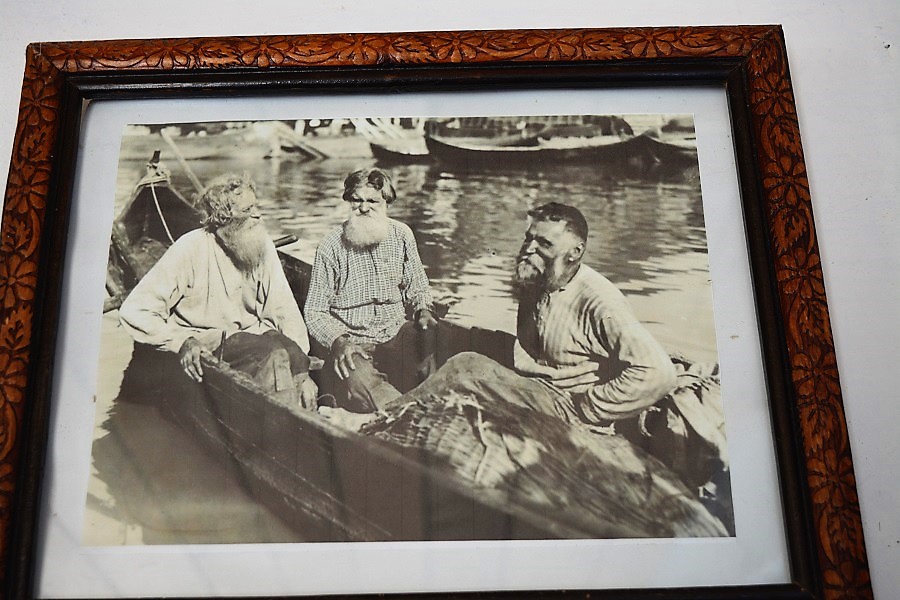
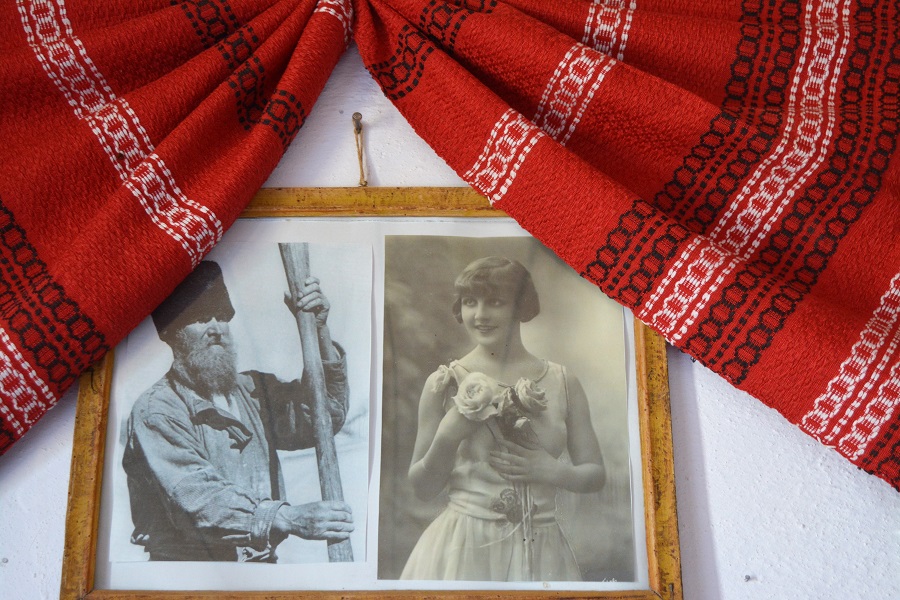
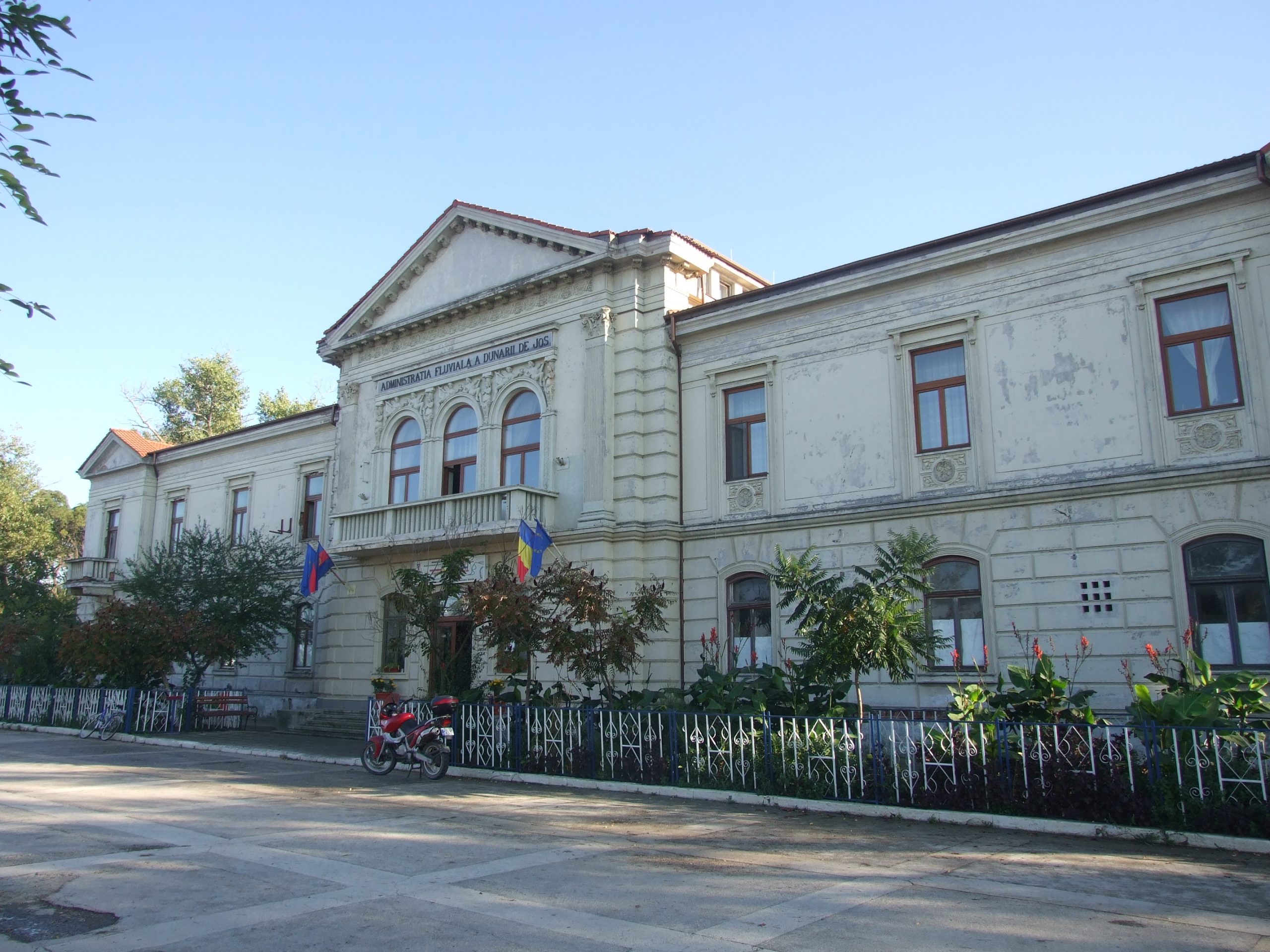
Delta’s natural attractions are completeeed by archeological remains in the contact area between Danube Plateau, Aegyssus, Halmyris and Provita Fortresses and the museums in Tulcea are easily accessible and tempting for numerous tourists.







